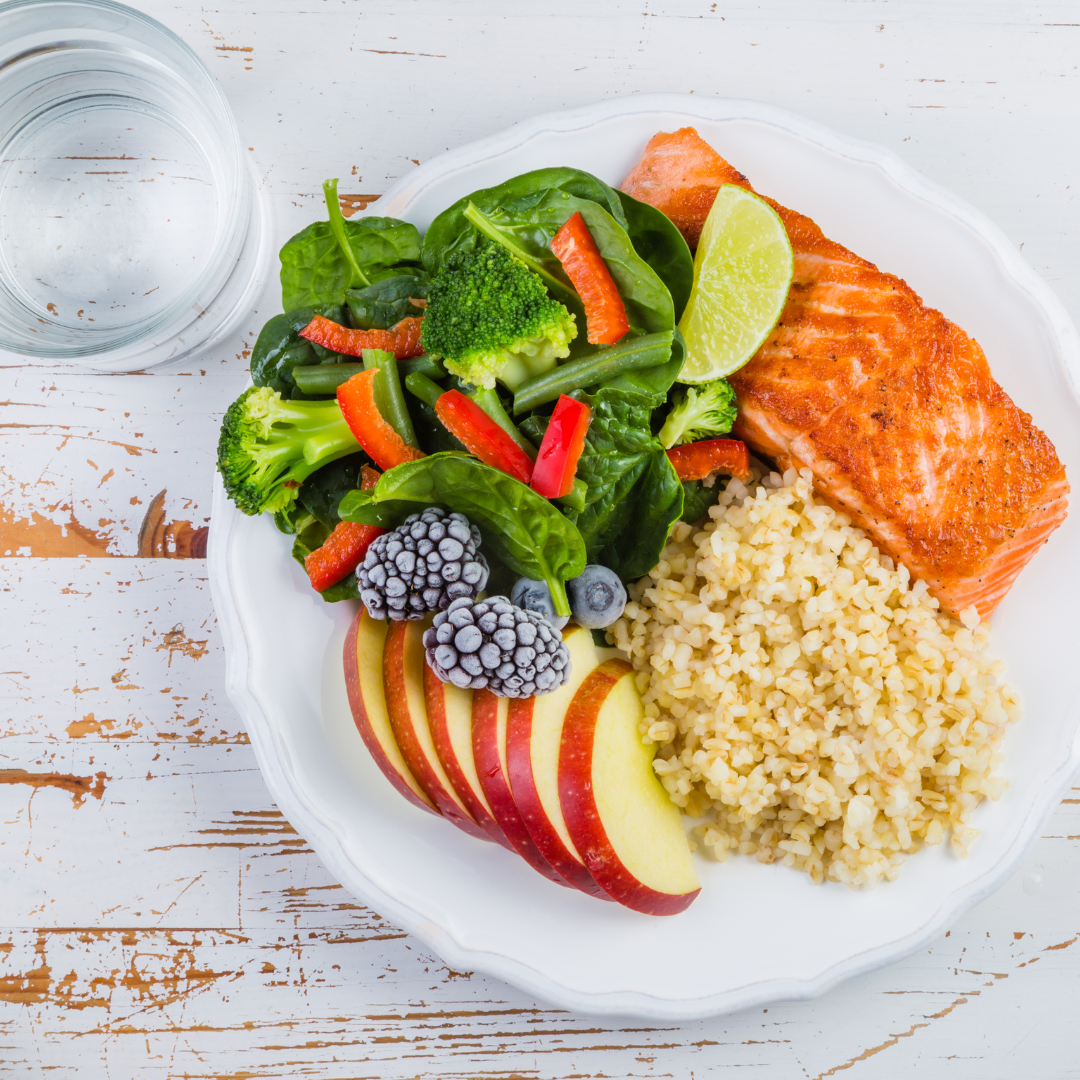Intermittent Fasting: Your Path to Sustainable Weight Loss
Welcome to the world of intermittent fasting, where weight loss becomes an exciting journey rather than a daunting task. Imagine shedding those extra pounds while enjoying delicious meals and experiencing newfound energy. Weight loss is growing in popularity due to a combination of societal, health and technological factors such as increased health awareness, diet and exercise trends, medical interventions, and emphasis on wellness. Get ready to discover how intermittent fasting can revolutionize your weight loss journey and transform your life for the better.
How does intermittent fasting help weight loss?
By combining these effects, intermittent fasting can be a powerful tool for achieving sustainable weight loss and improving overall health. This specific type of fasting can be tailored to suit individual needs and lifestyles, making it a flexible and potentially effective approach for many. Intermittent fasting helps with weight loss through several mechanisms:
Calorie restriction: by limiting the time window for eating that reduces calorie intake
Increased fat burning: when the body taps into stored fat for energy it leads to increased fat burning and weight loss
Improved Insulin Sensitivity: Helps regulate blood sugar levels and reduces the risk of insulin resistance which is a common precursor to weight gain and obesity
Hormonal Benefits: Triggers the release of hormones such as growth hormones and norepinephrine, which can enhance fat loss and metabolic rate
Reduced Inflammation: Contributed to weight loss and overall health improvements
Enhanced Metabolic Rate: Helping you burn more calories even when you’re not eating
What foods to focus on when intermittent fasting?
It’s important to listen to your body and eat until you’re satisfied, but not overly full, during your eating window. Focus on nutrient-dense foods that provide sustained energy and promote overall health. Here are some key food groups to prioritize:
Lean Proteins: Helps you feel full longer and support muscle growth & repair
Chicken, Turkey, Fish, Tofu, Beans, Lentils, Greek yogurt
Healthy Fats: Provide essential nutrients and keep you satisfied between meals
Avocados, Nuts, Seeds, Olive Oil, Fatty Fish such as Salmon
Fruits & Veggies: Add volume to meals without adding tons of calories
Colorful fruits and vegetables that are rich in vitamins, minerals and antioxidants
Whole Grains: Provide fiber, which aids in digestion and helps you feel full longer
Quinoa, Brown Rice, Oats, Whole Wheat Bread
Herbs and Spice: Adds flavor to your meals without adding extra calories or sodium
Turmeric, Cinnamon, Ginger, Garlic, Cayenne Pepper, Rosemary, Oregano, Black pepper, Cumin, Parsley
Water: Stay hydrated throughout fasting and eating periods. Helps control hunger, supports digestion, and promotes overall health
What are some intermittent fasting schedules?
It’s important to find a schedule that works best for you and to listen to your body’s hunger and fullness cues. These schedules offer flexibility, allowing you to choose the one that best suits your lifestyle and preferences while still reaping the benefits of intermittent fasting. Here are some of the 7 most common schedules:
16/8 Method: Fasting for 16 hours each day and restricting your eating window to 8 hours. For example, you might eat between 12:00pm noon - 8:00pm and fast from 8:00 pm-12:00pm noon the next day
18/6 Method: Similar to the 16/8 method but Shorter eating window of 6 hours and a longer fasting period of 18 hours
20/4 Method [The Warrior Diet]: Fasting for 20 hours and eating all your meals within a 4-hour window. For example, you might eat between 4:00pm-8:00pm and fast from 8:00pm-4:00pm the next day
5:2 Method: Eating normal for 5 days of the week and restricting calorie intake to around 500-600 calories on two non-consecutive days
Alternate-day fasting: Alternates between fasting days, where you consume little to no calories, and eating days where you eat normally
Eat-Stop-Eat: Fasting for a full 24 hours once or twice a week. For example, you might eat dinner one day and then not eat again until dinner the next day
OMAD [One Meal A Day]: Eating all your daily calories in one meal, typically within a one-hour eating window, and fasting for the rest of the day.
Are you looking for other ways to lose weight?
Core Aesthetic offers a comprehensive weight loss membership that includes more information on intermittent fasting, individualized nutrition, exercise plans and referrals, weight loss medications, and more. To get started or to learn more information on our program, schedule a weight loss consultation today!


